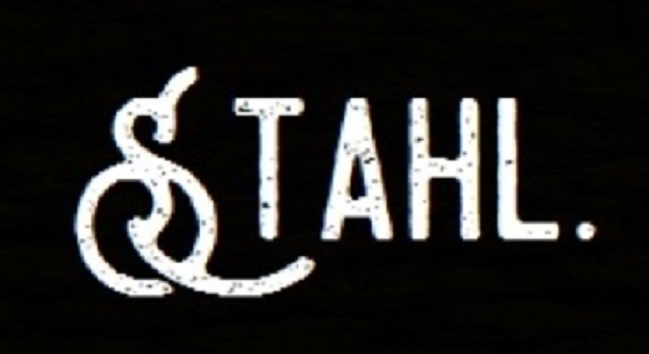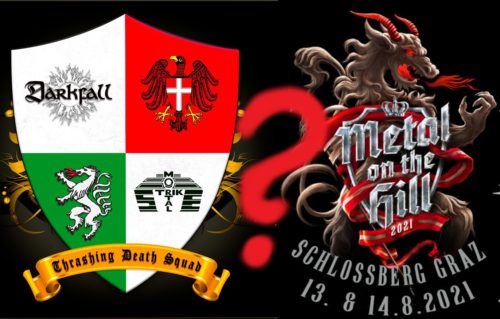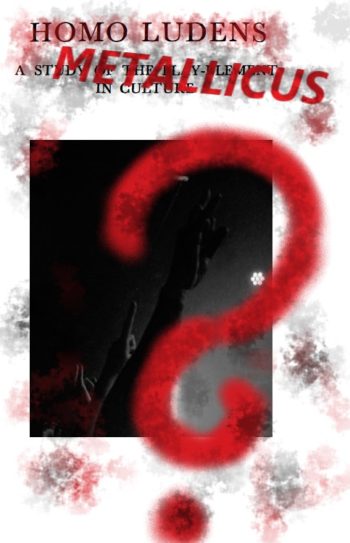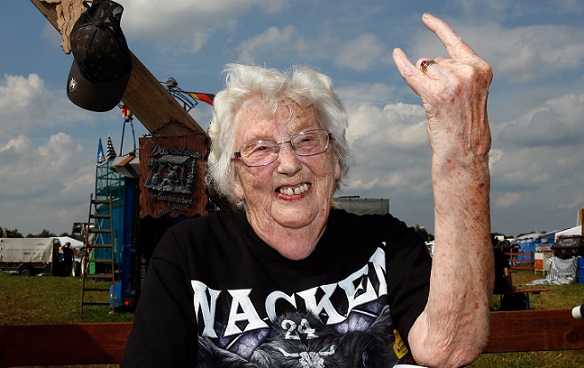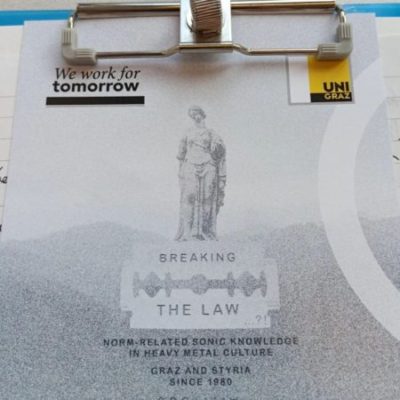Copyright of the elements of the title image: cover artwork ‘Thrashing Death Squad’ EP © MDD/Black Sunset Records 2021; branding artwork ‘Metal on the Hill 2021’ © Napalm Records 2020.
In my project on the Styrian metal scene since 1980, I am currently conducting oral history interviews in this local metal community. I have already talked with several stakeholders, musicians, studio owners, record producers, and other community members. I am very grateful to them for beeing so cooperative and open during the interview sessions. While some of my initial assumptions about the scene have proven to be right, others have been corrected or modified. Steadily, the evaluation of the interview recordings opens up new insights. This phase of research will last about a year until early 2022.
Of course, the Covid19 pandemic has been one of the crucial topics in most of these interviews. Scene members experience the pandemic in different ways, depending on many individual and social factors. However, some shared patterns of experiencing the pandemic seem to be recognizable. Most of the local metalheads share a very understandable frustration about the lack of concerts and scene events. Also, most of them feel an uncertainty or are worrying about the scene community’s future.
On balance, the pandemic crisis seems to catalyze the trend of digitalization that was already transforming the scene before 2020. Digital concert streams and many other forms of digital scene life are gaining momentum. Because of the present lack of opportunities to play gigs, the scene moreover witnesses a productivity boost. Bands focus on studio recordings – as far as this is possible under the current conditions.
Fascinatingly, in this phase of a new productitivity in the Styrian metal scene, a new localism is gaining momentum. A number of new Styrian records – for example, the new split EP by Darkfall and Mortal Strike shown in the title image – thematize local semiotics. They rework cultural themes from Styria and Graz – for instance, the traditional Styrian blazon. Another example is the branding of the ‘Metal on the Hill’ festival scheduled for August 2021, also shown in the title image.
Intriguingly, the new productivity in the scene promotes feelings of local Styrian beloging, identity, and history. The new music is more ‘Styrian’ than ever before. This recent phenomenon, which I am tempted to call the scene’s ‘pandemism’ (in a sense of trying to culturally cope with the pandemic crisis in form of musical self-empowerment), is crystalizing currently. Hence, from 2021 onwards, the ‘glocal’ character of the scene seems to be even more important than before. We should keep an eye on both the ‘pandemism’ and the localism.
